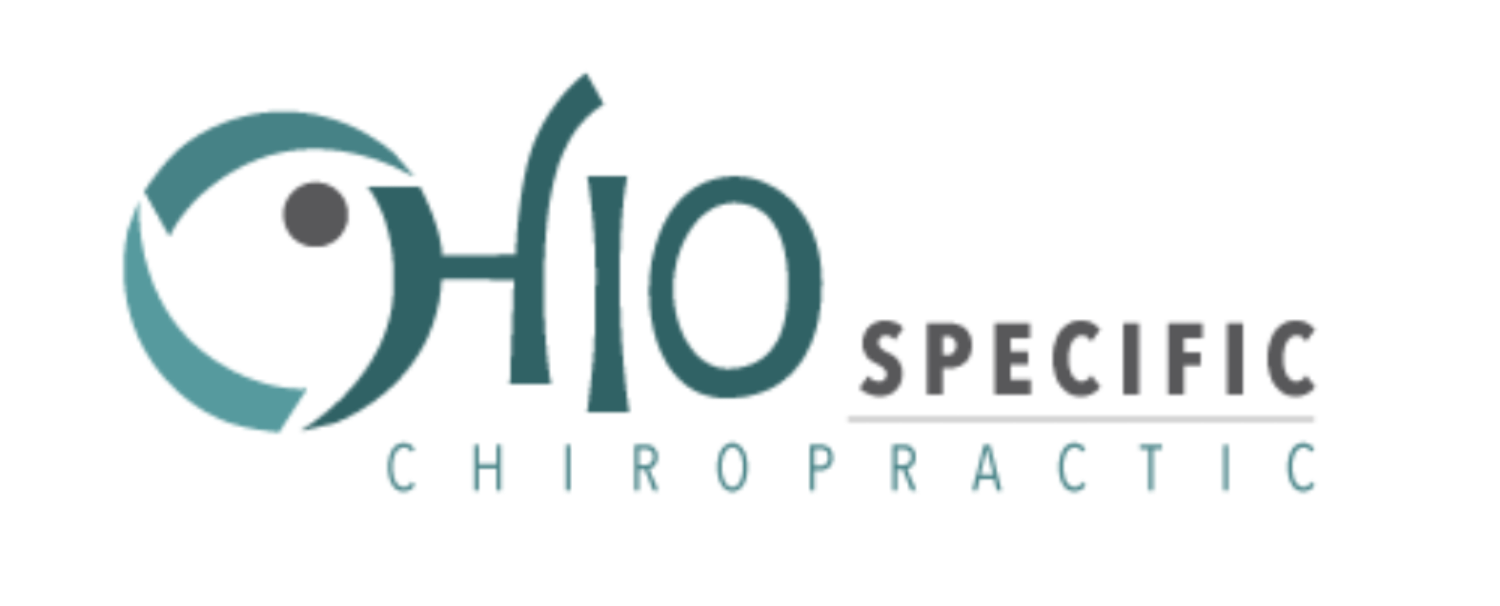Can I Adjust Myself?
Generally speaking, yes you can. Now, before you go twisting and wrenching your spine all over the place, let’s discuss this a bit more.
The human body is constantly adjusting to its environment to maintain homeostasis. Spinal adjustments are a major component of homeostasis.
Your spine is able to adjust itself most of the time without your conscious knowledge and input. In fact, the majority of spinal adjustments occur when we are unconsciously sleeping, stretching or moving throughout the day.
At this point, we should define the word ‘adjustment.’
If we look at the broad definition of the word, it means “a small change made to something in order to correct or improve.” For example, when you stand on one leg, your spine makes small changes to its structure and function in order to correct or improve your balance.
There is a vital force within each of us that is designed to protect and maintain our body’s structure and function. In Chiropractic, we call this our Innate Intelligence. Our Innate Intelligence is always striving for health.
Throughout the world, physical, chemical and emotional forces bombard us on a daily basis. For all intents and purposes, we will call these forces, Stress.
Our Innate Intelligence communicates with the body mainly through the Nerve System. For this reason, the Nerve System is called the “master system.” The Nerve System controls all the movements we make, regulates our body organs, senses our feelings and relates us to the outside world. It does this all under the guidance of our Innate Intelligence.
The Nerve System assists our Innate Intelligence by adapting to stress and keeping the body in balance. In general, stress effects how the Nerve System senses, perceives and behaves. The Brainstem section of the Nerve System controls how the spine adapts to stress. Stress creates Brainstem tension and spine imbalance.
Our Innate Intelligence is always dynamically reacting to the stresses of the world to maintain homeostasis. Stress can be constructive or deconstructive depending on the quantity and quality of the stress.
Physical activity such as weight lifting can be a constructive stress that can build muscle strength. The physical act of dropping a weight on your foot can be a deconstructive stress that can fracture bones.
Let’s go back to the example of standing on one leg. Our Innate Intelligence knows that it would be more beneficial to your body and health not to fall on your face if you were standing on one leg. Innate Intelligence adjusts your body to the stress to keep you upright.
The more stress you come in contact with, the more your body and Innate Intelligence have to adjust to it.
For the majority of people, standing on one leg for 1 minute is possible and doesn’t result in that much stress. Standing on one leg for 1 hour can be more stressful. Standing on one leg for 30 seconds while holding a bowling ball outstretched and jumping up and down can be a lot more stressful. This can be very taxing on your body and Innate Intelligence to maintain ideal homeostasis. Again, the quantity and the quality of stress is the main factor.
Compensations start to arise if the stress is too great for the Nerve System to adjust to it. Our Innate Intelligence will need to compromise in order to maintain a relative level of homeostasis. A vertebral subluxation is one specific compensation that occurs in the upper cervical spine.
A vertebral subluxation will cause the upper cervical spine to lock in a misaligned position. This lock sustains Nerve System tension and spine imbalance. This leads to abnormal sensitivity, perception and behavior of the brainstem and surrounding nerves. Overall function and structure are compromised as a result.
Enter the Chiropractic adjustment. The goal of the Chiropractic adjustment is to assist the body in “unlocking the lock.” so it can properly right itself. When you try and “adjust” your spine (manipulate is a better word in this case) haphazardly, you are very often not using the right key for the vertebral subluxation lock. And can make the lock worse.
The Chiropractic adjustment is a scientifically applied force with specific velocity, amplitude and direction. Just as a lock needs the right key to unlock it, the subluxation requires the right adjustment to unlock it. The Chiropractic adjustment is that key.
- Jarek Esarco, DC, CACCP
Related Blogs:
Isn’t it Possible to Hurt Someone by Twisting Their Neck?
“When I Get Adjusted, What is That Noise!?”






